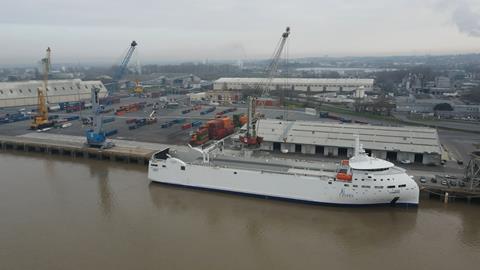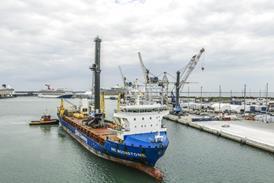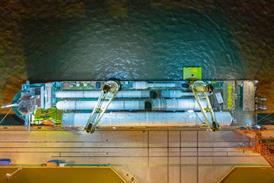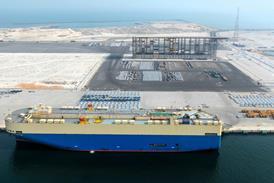Bolloré Logistics organised the door-to-door transport of a satellite and its various components from the customer’s site in Toulouse to the Guiana Space Centre in Kourou. The ocean voyage was performed by the wind-powered ship Canopée on its very first transatlantic crossing.

Weighing 42 tonnes in total, the load was transported over nearly 7,000 km during a three-week period. Bolloré was the first to transport cargo aboard Canopée, which features four articulated sails that supplement diesel/LNG engines. Zéphyr & Borée contracted VPLP Design to design the ship, which meets the specific needs of rocket and satellite transport. Bolloré said it offers minimal vibration conditions thus limiting the impact of any shocks and vibrations that might affect components during long-distance transport. Depending on its speed, a wind- powered vessel can cut carbon emissions by 20- 30 percent compared to an equivalent ship with conventional propulsion.
“Wind-powered propulsion is a solution for the future that we are exploring with great interest. It has the advantage of meeting all the technical constraints imposed by the space industry, while offering a decarbonised transport plan over a distance of several thousand kilometres. The data collected and the feedback received from this initial transport have fully confirmed our prior analysis and our desire to continue our collaboration for future projects,” said Rédouane Akchouch, sales director Europe for aerospace and defence at Bolloré Logistics.
Several dozen people were mobilised throughout the project, including lorry drivers, motorcycle escorts and dockworkers, together with the crew of the ship and the teams at the Guiana Space Centre, who took over to accommodate the ship at the end of its journey.
The 3,150 dwt ro-ro vessel Canopée was built by Neptune Shipyard in Poland. It has an overall length of 121 m, a breadth of 22 m, and a draught of 5 m. Canopée will make up to 12 return trips to Guiana annually, moving components for ArianeGroup’s Ariane 6 space launcher.
















